In the middle of a lonely road, a tiny pup sat still, overcome with hopelessness. Its eyes were brimming with tears and anguish, tugging at the heartstrings of anyone who stumbled upon it. The poor pup was left all alone, without a home or anyone to lend a helping hand.

Out of sheer desperation, the pooch made a bold move and headed towards the police base in search of aid. Uncertain of whether or not he would be welcomed with open arms, the dog took a deep breath and approached the door, taking small steps like a toddler. His heart racing, he knocked on the entrance to the police base.

Luckily, the timely presence of a police officer at the entrance resulted in him hearing a knock. Upon opening it, he noticed a small, pitiful dog staring up at him, imploring for assistance. His emotions were stirred with compassion, and he felt compelled to help the adorable animal.

In a gentle and calm voice, the officer asked the elderly man, “Sir, may I know why you’re here all by yourself?” A tiny pooch tried its best to wag its tail and cast a hopeful gaze at the cop. Unable to resist its charm, he scooped up the dog and took it into the police station. The furry creature was soon welcomed into the family of the officers and proved to be an incredibly devoted and loving companion. It didn’t take long for the little pup to win over the hearts of everyone at the base.

The life of the pooch has taken a complete turn ever since he was taken in by a cop. The furry friend has been christened as ‘Lucky’ to denote fortune and fresh beginnings. Lucky is now the primary source of joy in the household.
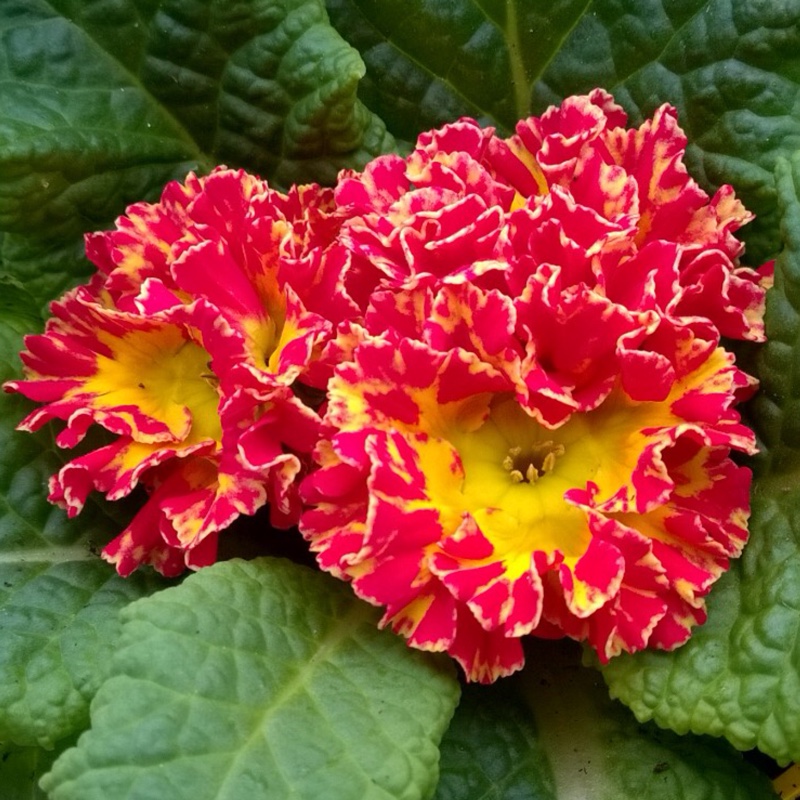
To successfully grow Primula plants, it is important to provide them with sufficient light and air during the germination process. To sow the seeds, simply place them on top of the compost without covering them with soil. For slower germinating seeds like double primroses, hose-in-hose, jack-in-the-green, auriculas, and most species, it is recommended to sow them on a layer of vermiculite or fine gravel over the compost. Water with a fine rose and place a perforated seed tray of the same size over the seeds to protect them, then weigh it down with a rock.
Leave the seeds in a shady outdoor spot and check them regularly to ensure they are adequately hydrated. It is important not to let the compost dry out. Once the seeds sprout, remove the cover and protect them from snails. Polyanthus and primrose typically germinate within three weeks while Auriculas take longer and Sieboldii can take up to six weeks. To get most species going, they need natural freezing and thawing, so start the process as early as possible.
It is crucial to keep the seeds cool and moist since high temperatures can inhibit germination, and dehydration during germination can be fatal. Avoid planting the seeds under glass as this can cause the temperature to rise too high, even in winter. The optimal germination temperature is between 12 and 15 degrees Celsius, and anything above 18 degrees is fatal. Do not use a heated propagator under any circumstances.
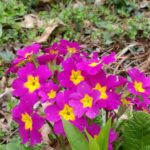

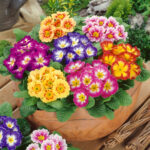

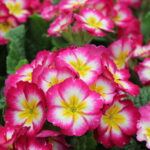
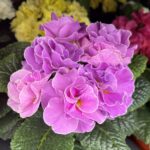







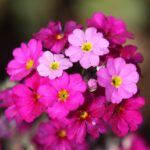

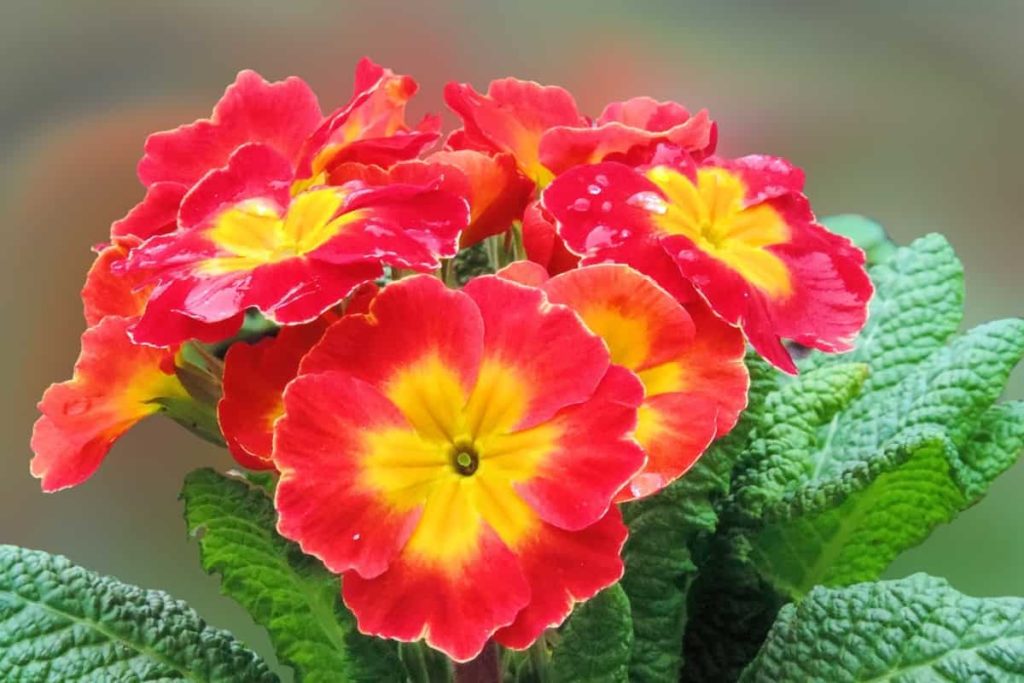

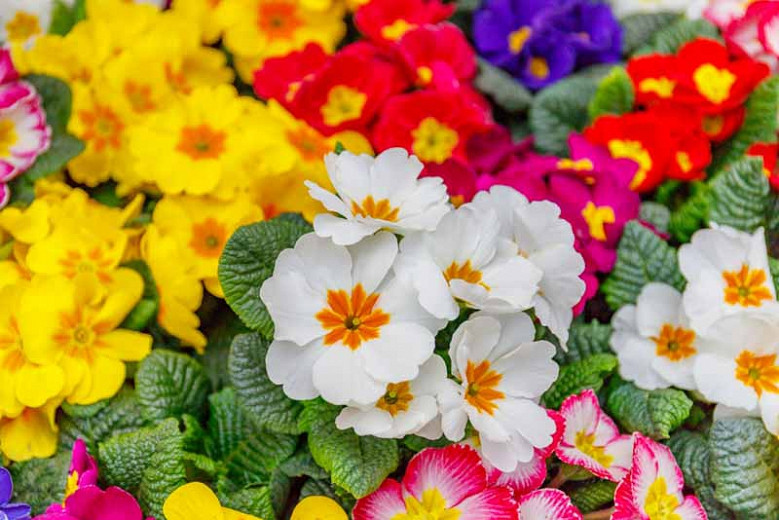
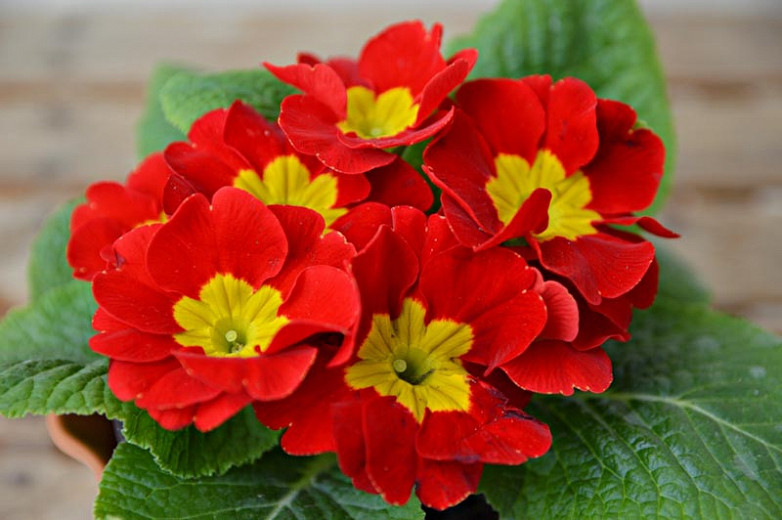
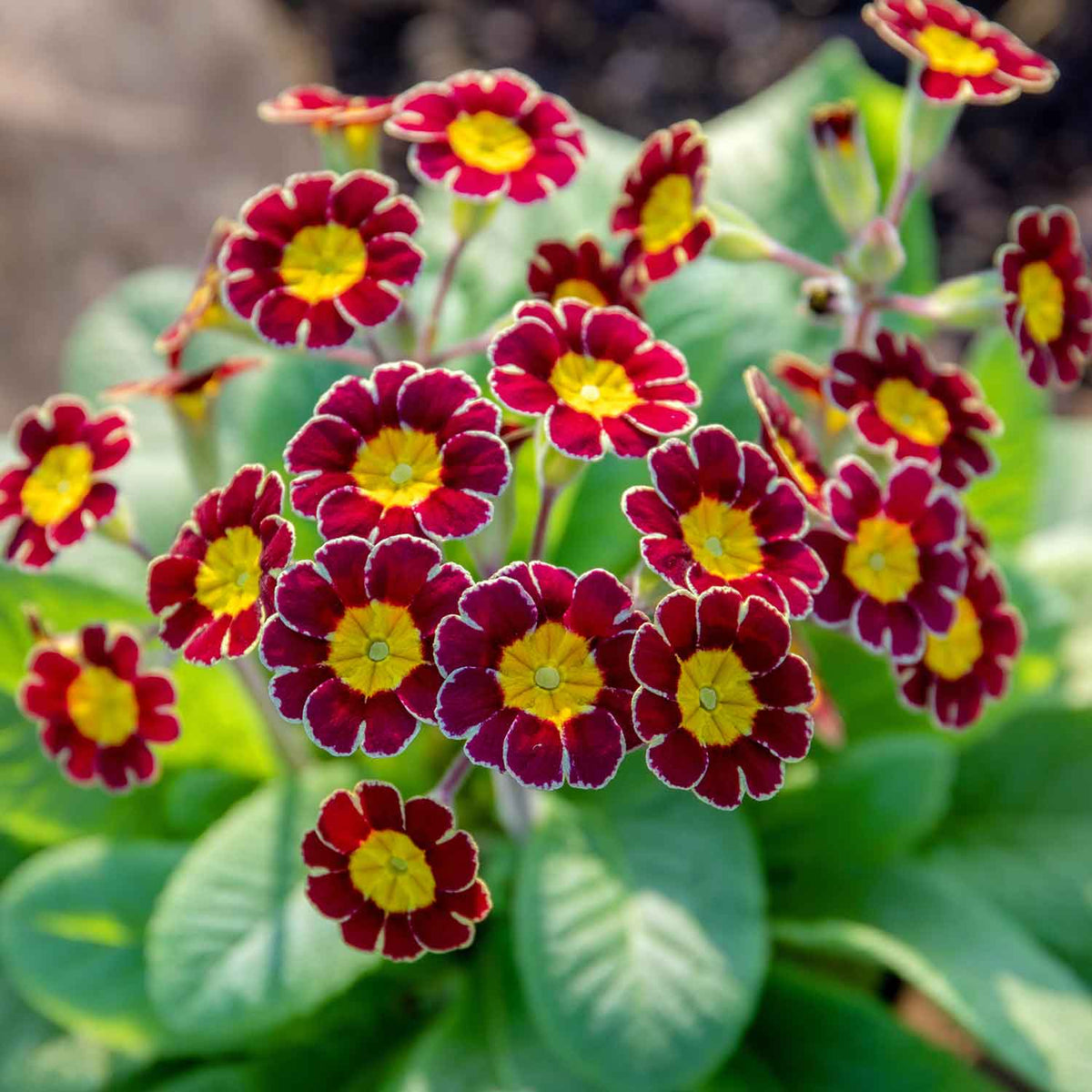
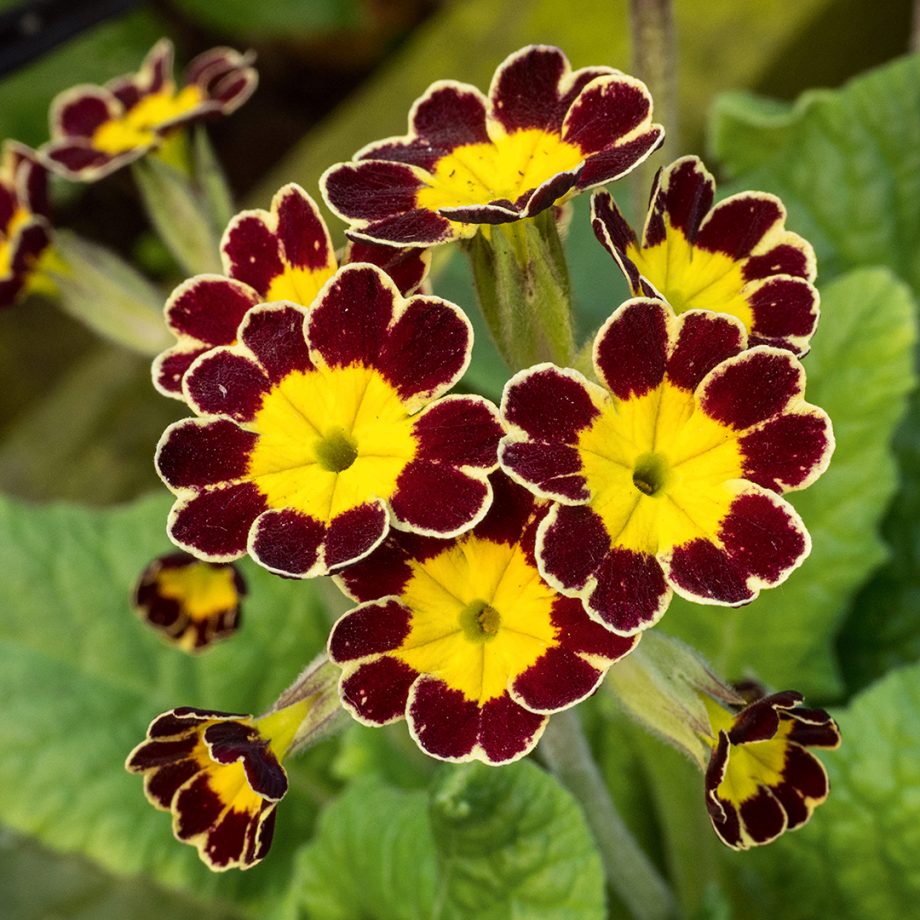
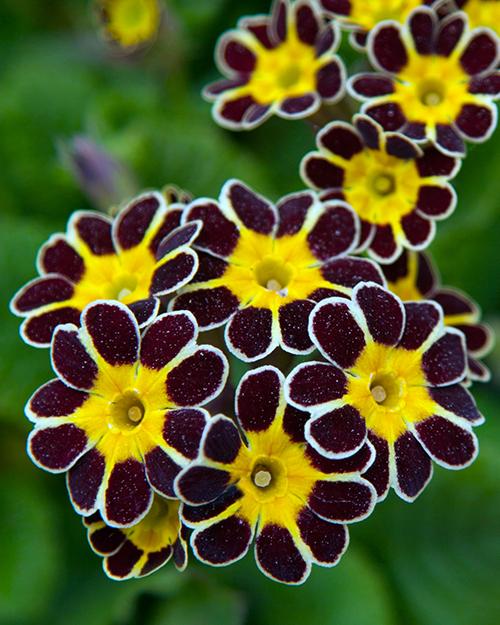
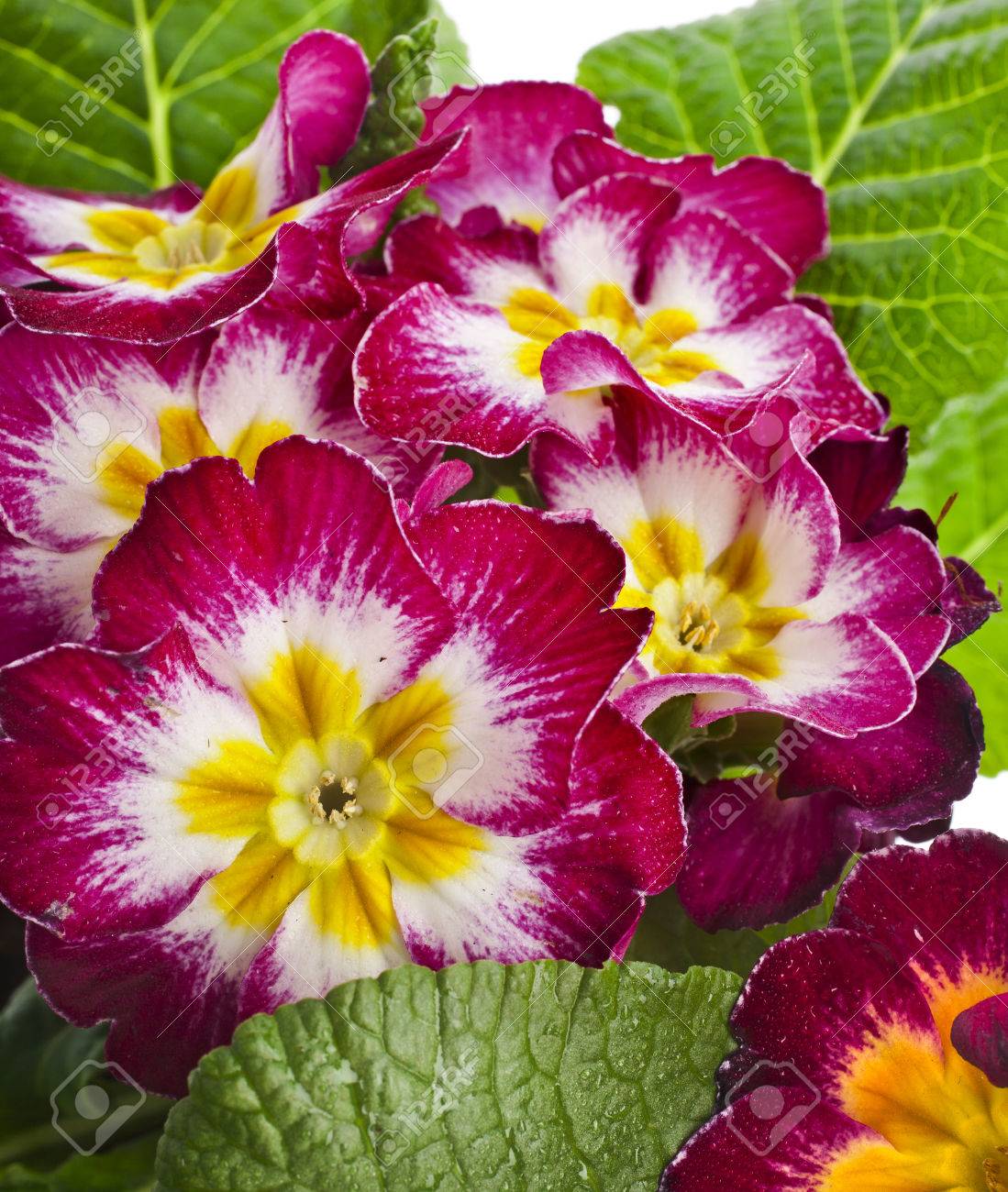
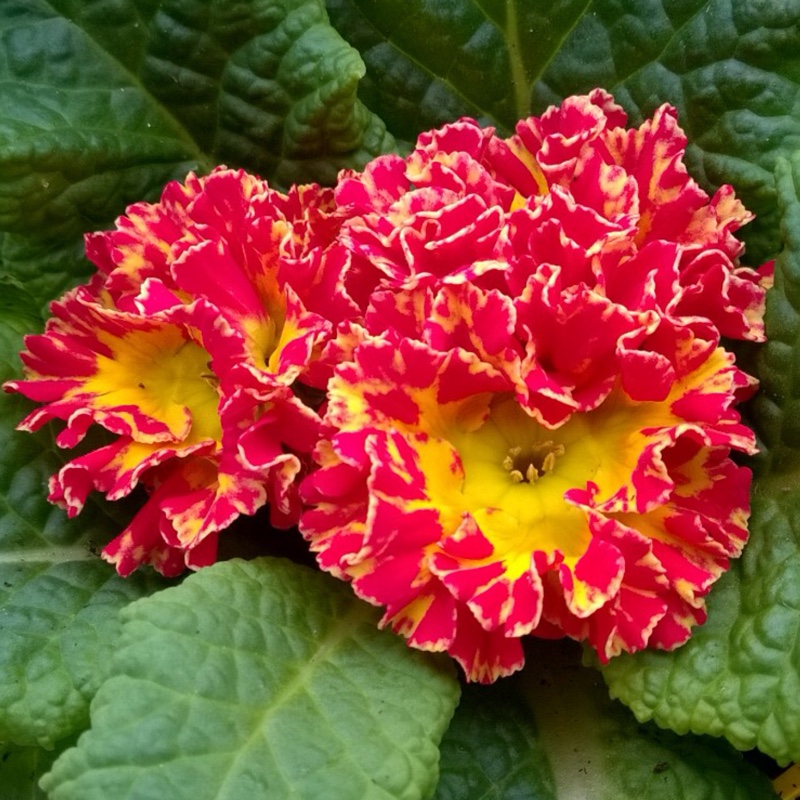
Phalaenopsis, commonly known as the “arrogant beauty” flower, is a stunning bloom that comes in various shades such as red, purple, yellow, white, and blue. Among these hues, the blue phalaenopsis orchid stands out as it is a rare and unique color that exudes unparalleled beauty. This type of orchid is not as common as other phalaenopsis varieties and is known for its captivating charm. In this article from lanhodiep.vn, we will explore the blue phalaenopsis orchid and learn more about its characteristics.
The phalaenopsis orchid species is native to Southeast Asian countries, particularly in the Himalayas and the Philippines. Scientifically named Phalaenopsis sp., this flower represents largeness, durability, and remarkable beauty. With almost 70 different species and approximately 40 widely distributed types, this orchid displays a wide range of colors including purple, blue, red, white, yellow, and orange. Florists and enthusiasts alike will appreciate the new kind of beauty that phalaenopsis orchids bring into the world. However, nothing quite compares to the strikingly beautiful and rare blue phalaenopsis.
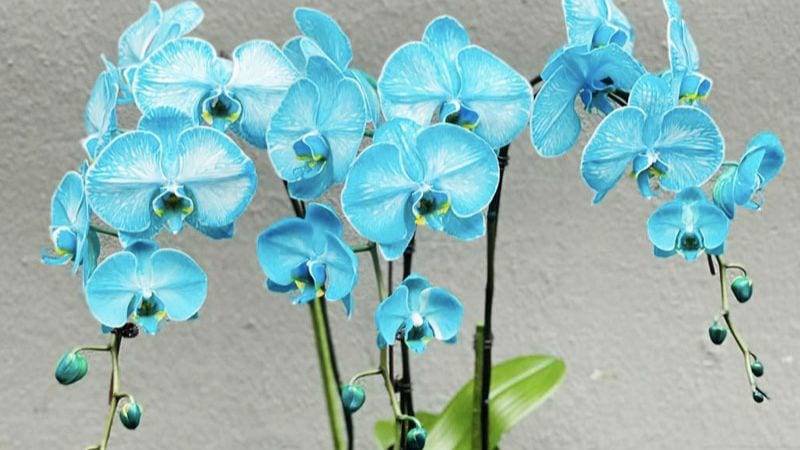
The blue phalaenopsis orchid is an exquisite and novel addition to the realm of flowers. Unlike painted or artificially created blooms, it is the result of specialized planting techniques applied to white phalaenopsis orchids, resulting in its distinct blue hue. This breakthrough in flower production is a testament to the efforts of researchers to create beautiful colors without harming the natural environment.
Phalaenopsis orchids, in general, are known for their durability and come in various varieties found throughout Southeast Asia. These short-stemmed flowers grow slowly and have vertical stems with main leaves and white branches that sprout from the interstitial leaves. The leaves are thick, growing symmetrically along the trunk, and the stem typically reaches a height of 0.5 to 1 meter with only four to five green leaves. Each plant produces eight to twelve flower buds on a branch, and they emit a delicate scent. They are not just beautiful but also long-lasting.
The blue phalaenopsis orchid adds to the charm of any exhibition space by lending a refreshing and unique touch. The green version of this flower holds a significance of its own.

The Green Phalaenopsis Orchid symbolizes peace and tranquility. Not only is it aesthetically pleasing, but it also carries various meanings for its owner. The green color represents the vast universe, promoting a sense of spiritual direction and calmness. It is believed that growing a green phalaenopsis orchid can bring good luck, prosperity, and hope. Displaying a blue phalaenopsis in homes, offices, or businesses is a common practice as it is said to bring happiness and fortune. This flower is also commonly used in Buddhist festivals due to its harmonious colors that resemble the sky’s clouds. In addition to the Green Phalaenopsis Orchid, we offer a variety of unique and rare flower patterns.

The Green Pearl Orchid is indeed a magnificent flower.

How about we talk about the gorgeous Green Phalaenopsis Orchid? This beauty is truly a sight to behold. Its vibrant green color is so eye-catching and unique, making it a standout addition to any indoor garden or floral arrangement.
Can you imagine having one of these stunning orchids in your home? Not only do they add a pop of color and life to your space, but they’re also fairly low-maintenance when it comes to caring for them. Plus, they have a long bloom time, giving you plenty of time to enjoy their beauty.
If you’re looking for a way to elevate your home decor or just want to add some greenery to your space, consider adding a Green Phalaenopsis Orchid to your collection. Trust me, you won’t regret it!
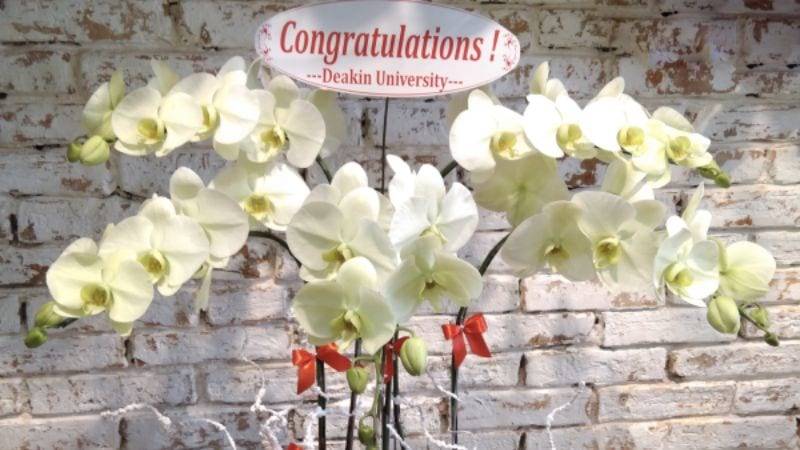
The Phalaenopsis Orchid is a stunning flower that boasts gorgeous shades of blue. Its beauty is truly breathtaking and it’s no wonder why it’s such a popular choice among orchid enthusiasts. This flower is truly unique and will add a touch of elegance to any space. Its vibrant colors will surely brighten up any room and make it feel more inviting. If you’re looking for a beautiful and low-maintenance plant to add to your collection, the Blue Phalaenopsis Orchid is an excellent choice.
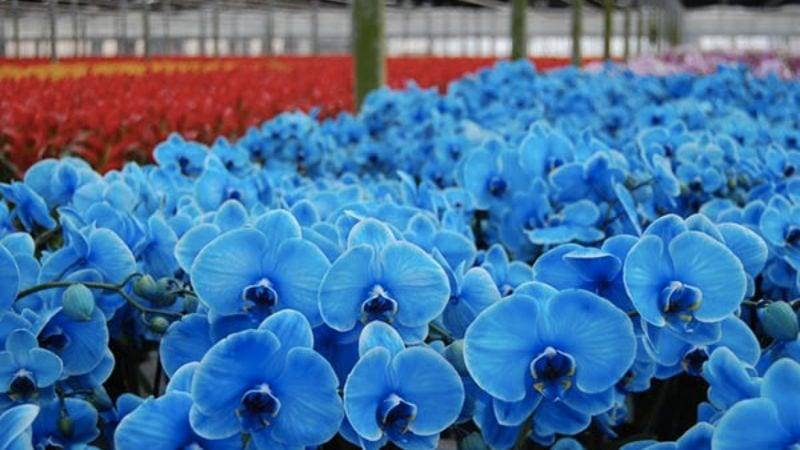
The Phalaenopsis Blue Orchid has captured the hearts of countless admirers.
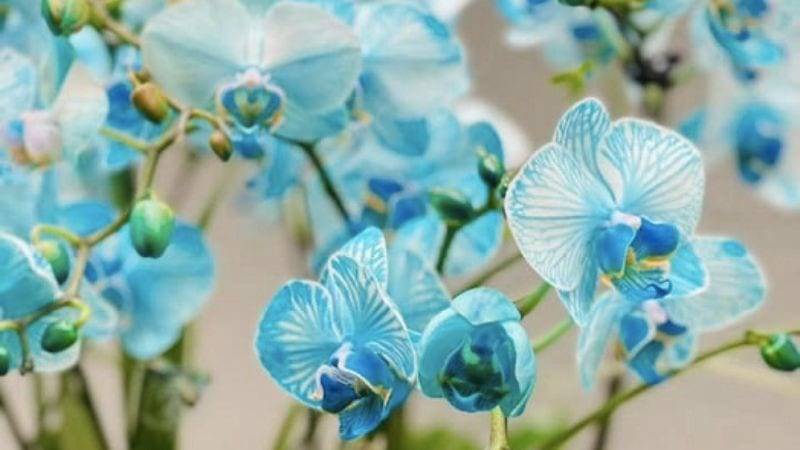

Growing blue phalaenopsis orchids is a breeze, which is why it’s so popular among orchid enthusiasts. There are only a few tricks to keeping these plants thriving and healthy. Start by potting the orchid and placing it in a well-ventilated room that isn’t directly exposed to sunlight. Spritz the leaves with water, but make sure they stay dry along with the flowers. It’s essential to remember that phalaenopsis orchids prefer slightly moist soil, but too much water can be harmful. Use pots with excellent drainage capabilities to avoid waterlogging your plant. After the flowers have wilted and faded, take care of the plant, ensuring that you drain excess water daily. This way, your orchid will bloom beautifully in the next season.
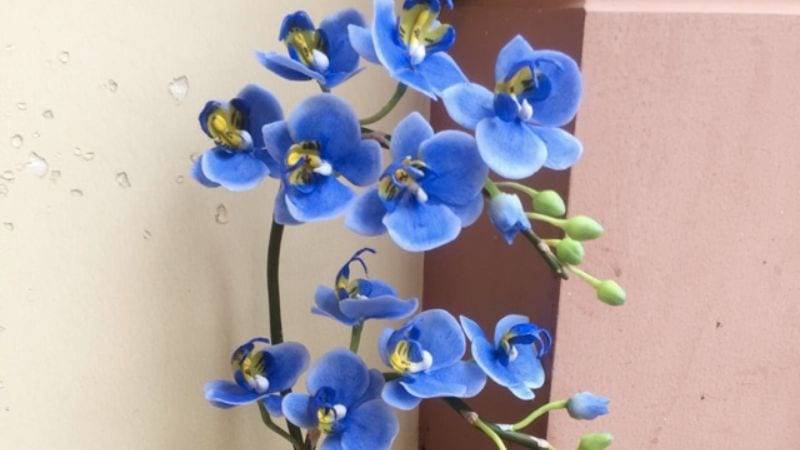
Here’s a rephrased version of the content:
Keeping your green phalaenopsis healthy is easy with these simple tips. Use brown spot analysis in water or slow-release fertilizer to feed your plant twice a week, but avoid doing so during nighttime. To ensure maximum absorption of moisture, apply a small amount of bloom to areas with acne several times. However, be cautious not to apply too much as it can lead to fertilizer poisoning and harm your orchid. Stay allergy-free by avoiding large amounts of fertilizer, and prevent orchid diseases.